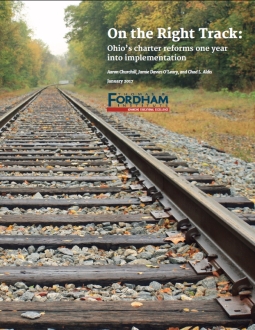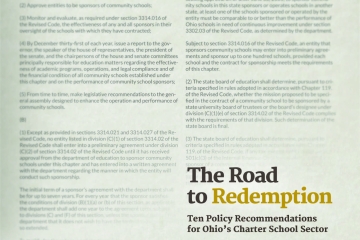Ohio House Bill 2 (HB 2) was signed into law on November 1, 2015. It was a landmark piece of legislation that significantly altered the framework governing the state’s charter schools. The comprehensive legislation sought to right a sector that has struggled since Ohio’s first charter schools opened in 1998, while also protecting the very school-level autonomy that is essential to the charter model.
HB 2 aimed to reverse years of poor oversight and to put Ohio’s charter schools on the road to redemption through tougher oversight of sponsors, the entities that hold charter schools accountable (also commonly known as “authorizers”); strengthening of charter governing boards, the bodies that oversee school operations and management; and requiring greater transparency from charter operators.
Now that more than a year has passed, we take a first close look and how these charter reforms are being implemented—with vigor and care, or with neglect? Are there any early indications that the reforms are improving sector performance? Alternatively, are any unintended consequences becoming clear?
Download the full report now to see for yourself.
Policy Priority:
Topics:






